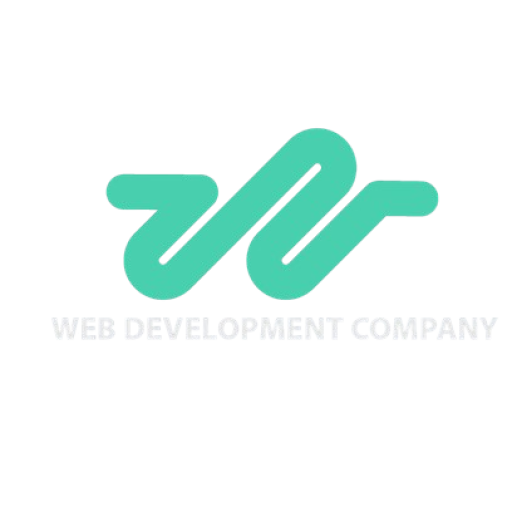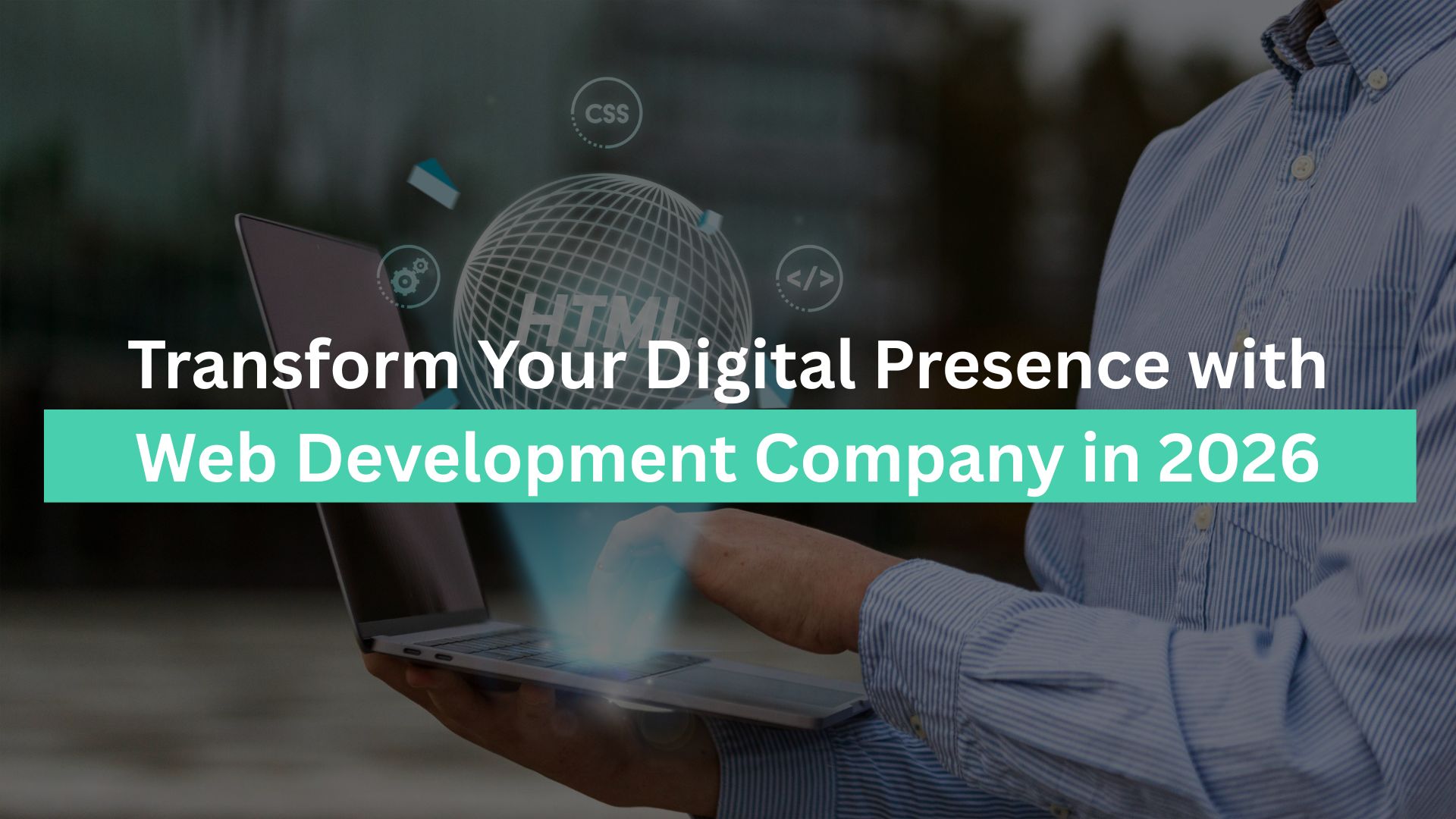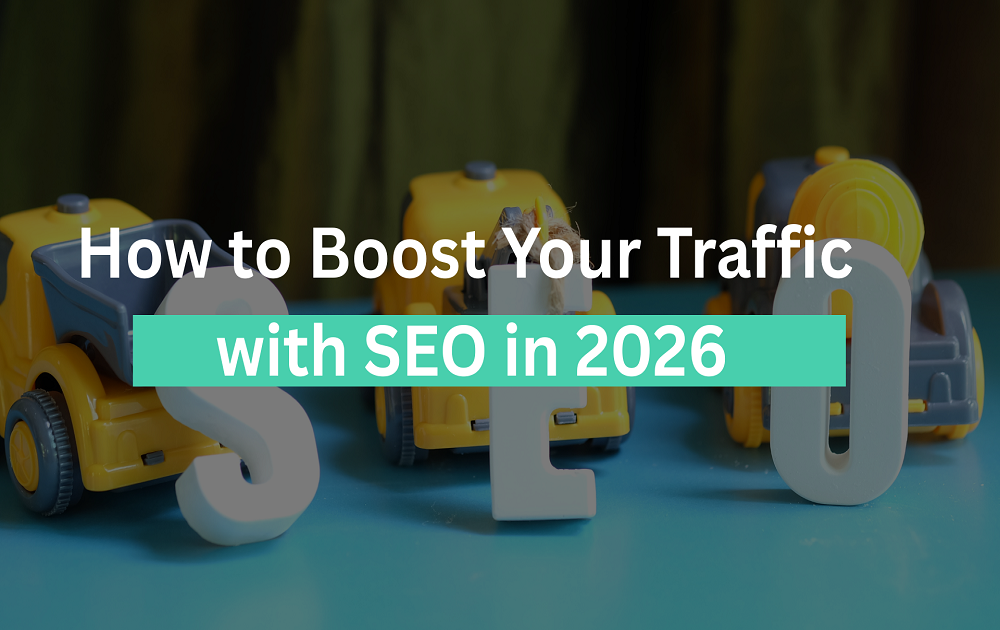The global advertising industry is on the brink of a historic shift, and at the center of this transformation stands Meta. By 2026, the tech giant aims to fully automate ad creation using artificial intelligence, reshaping not only how ads are produced but also how brands connect with audiences. For businesses of all sizes, this signals a new era of marketing—one where AI handles execution while companies focus on vision and creativity.
For WDC, a forward-thinking digital solutions provider, this shift represents both an opportunity and a challenge. Understanding Meta’s AI-driven advertising ecosystem will be key to unlocking competitive advantages and delivering unparalleled value to clients.
The AI Revolution in Advertising
Meta already dominates digital advertising, with Facebook and Instagram serving billions of users globally. As of 2025, advertising accounts for more than 97% of Meta’s revenue. But competition from Google, TikTok, and emerging AI platforms has forced Meta to push the boundaries of automation.
By 2026, advertisers will no longer need extensive creative teams to launch campaigns. Instead, a product image, description, and budget will be enough for AI to handle the rest:
- Creative generation: Producing engaging ad copy, visuals, and even videos.
- Personalized targeting: Delivering the right message to the right user at the right time.
- Budget optimization: Allocating funds across platforms in real time for maximum ROI.
- Dynamic performance adjustments: Continuously refining campaigns based on live engagement data.
This fully automated pipeline promises to democratize advertising, giving small and medium-sized businesses (SMBs) access to tools once only available to global enterprises.
Why 2026 Is the Turning Point
Meta’s timeline is not arbitrary. Several developments are converging:
- Advancement in Generative AI
With breakthroughs in large language models (LLMs) and image/video generation, AI can now produce professional-level content indistinguishable from human work. - Scaling Infrastructure
Meta has invested over $64–72 billion in AI infrastructure, including custom chips and next-generation data centers, ensuring it can handle billions of real-time ad optimizations. - Rising Competition
Google’s Vertex AI and TikTok’s algorithm-driven ad systems are pushing Meta to innovate rapidly. - Shifting Consumer Expectations
Today’s users demand personalized, relevant content. Generic ads no longer cut it—AI makes hyper-personalization scalable.
How AI Will Revolutionize Brand Engagement
The implications go beyond automation. Brand engagement itself will be redefined:
- Hyper-Personalized Messaging
Ads will adapt in tone, design, and offer depending on user preferences. For instance, two people might see completely different creatives for the same product based on their past behavior. - Interactive AI Ads
Instead of static images, AI could generate interactive videos or chat-like ad experiences that engage customers directly. - Emotionally Intelligent Campaigns
AI can analyze consumer sentiment and craft ads that resonate emotionally, deepening brand relationships. - Data-Driven Storytelling
Brands will be able to tell stories at scale, with AI ensuring each narrative is relevant to the specific viewer.
For WDC’s clients, this means moving from generic outreach to precision engagement, creating stronger brand loyalty and higher conversion rates.
Opportunities for WDC
As Meta’s AI reshapes advertising, WDC can position itself as a leader by:
- AI Campaign Strategy
While AI executes ads, WDC can guide clients on strategy—defining brand voice, campaign objectives, and performance metrics. - Creative Oversight
AI may generate ads, but ensuring they align with brand identity will remain a human responsibility. WDC can provide quality control. - AI Training and Consulting
Many businesses will struggle to understand and adopt these new tools. WDC can offer training programs to bridge the gap. - Performance Analysis
WDC can help businesses interpret AI-driven analytics, ensuring data translates into actionable insights. - Ethical AI Use
With concerns about transparency and authenticity, WDC can position itself as a trusted advisor, ensuring brands use AI responsibly.
Challenges Ahead
Despite the potential, this AI-driven future comes with challenges:
- Over-Reliance on Automation
Brands risk losing their unique human touch if they fully depend on AI. - Creative Homogenization
If many businesses use the same AI tools, campaigns could begin to feel similar. - Data Privacy Concerns
As AI personalizes ads, questions about consumer privacy will intensify. - Agency Disruption
Traditional ad agencies may struggle as their execution role becomes obsolete, forcing them to pivot to strategy and consulting.
WDC must be ready to help businesses balance efficiency with authenticity, ensuring AI enhances rather than replaces creativity.
Future Outlook
By 2026, the line between technology and creativity will blur. Advertising will no longer be about simply broadcasting a message—it will be about real-time, two-way engagement powered by AI.
For businesses, this could mean:
- Faster campaign launches.
- Lower costs for creative production.
- More accurate audience targeting.
- Better alignment of ads with consumer behavior.
For WDC, the goal will be to harness AI without losing the human element. Storytelling, brand strategy, and emotional connection remain areas where human marketers shine. AI can handle the “how,” but companies like WDC will define the “what” and “why.”
Conclusion
By 2026, Meta’s AI-powered advertising system will revolutionize how brands engage with audiences, transforming marketing into a more personalized, efficient, and interactive experience. While automation will handle execution, companies like WDC will play a crucial role in guiding strategy, ensuring authenticity, and helping brands thrive in this AI-driven future.
Frequently Asked Questions (FAQ)
1. What does Meta plan to achieve by 2026?
Meta aims to fully automate advertising with AI, enabling businesses to launch complete campaigns with minimal input such as images, descriptions, and budgets.
2. How is this different from existing tools like Advantage+?
Current tools assist with optimization, while the 2026 plan covers the entire process—creative design, targeting, budgeting, and performance adjustments—all powered by AI.
3. Will AI-generated ads be effective?
Yes, early tests show AI-generated ads already deliver higher engagement and conversion rates due to personalization and real-time optimization.
4. Does this mean ad agencies will become irrelevant?
Not entirely. Agencies will shift from execution to strategy, creative direction, and quality control. Companies like WDC can help brands leverage AI without losing authenticity.
5. How will this impact small businesses?
SMBs will benefit most, as AI will provide access to professional-grade ad campaigns without requiring large marketing budgets.
6. What are the risks of AI-powered advertising?
Potential risks include loss of creativity, data privacy issues, and over-reliance on automation. Human oversight will remain essential.
7. How should businesses prepare for this shift?
Businesses should start experimenting with AI tools now, invest in training, and work with partners like WDC to balance automation with creativity.
The advertising world is evolving at lightning speed. Those who adapt early will not just keep up—they will lead.




